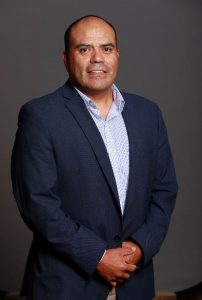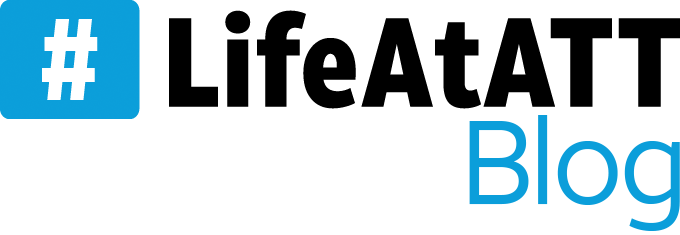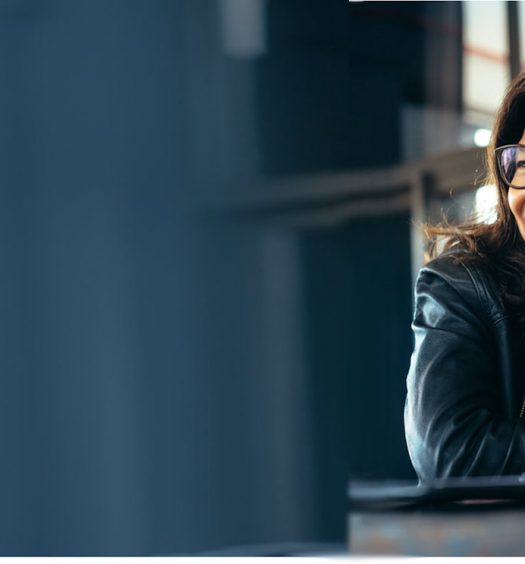 When did you realize your career could make a true difference? For Leo Velazquez, the moment came at his first Assistive Technology Conference at California State University Northridge (CSUN), which is focused around customers with disabilities. For several years Leo worked on improving accessibility for our products, but it wasn’t a job he initially signed up for.
When did you realize your career could make a true difference? For Leo Velazquez, the moment came at his first Assistive Technology Conference at California State University Northridge (CSUN), which is focused around customers with disabilities. For several years Leo worked on improving accessibility for our products, but it wasn’t a job he initially signed up for.
“My background was in development, analysis and product management overall,” Leo said. “I didn’t start working in accessibility until 2008, and I wasn’t aware of the topic before then. It was just another part of the daily routine. I didn’t have any connection with anyone who had a disability until I attended CSUN.
“The experience changed my mind completely on why we have to work on accessibility. Meeting customers with disabilities and seeing how they navigated their day-to-day was inspiring. It gave me a new purpose; it became the right thing to do.”
Putting Accessibility First
Since that revelation in 2012, making products as accessible as possible has turned into a passion for Leo. As awareness of the topic grew, so too did Leo’s team and his resources within our company. Leo worked with employee groups like ABILITY to consult employees with disabilities who could give immediate feedback.
“When the chief accessibility office formed the Accessibility and Inclusion program, that’s when things really started moving. We received total support from leadership and identified 12 key areas of business that could see quick progress in accessibility.”
As part of our digital team, Leo’s responsibilities focus on our website. He’s tasked with making every single page as accessible as possible. Such an effort requires cooperation from every team member, especially the developers and designers who build these pages from the ground-up.
Technology and Accessibility
“We created training tools and resources our developers can reference as they work on the site. AT&T also has an accessibility lab that was created to simulate disabilities. It’s portable, so it can be brought to these same developers who can experience what it’s like to be blind or have a different kind of disability. It’s amazing and gives people a perspective they couldn’t possibly have in any other way. When you bring empathy into that development process, it makes a difference.”
This is just one example of how innovation has made a big difference in Leo’s accessibility work. While the accessibility lab was created primarily for AT&T employees, there has been a steadily growing number of projects focused on how tech can help customers with disabilities: from connected prosthetics to musical therapy.
“I believe innovation has made the world bigger for everyone. Technology helps us communicate more effectively and gives customers with disabilities the freedom to do what they want without having to rely on others. This is something the community wants.”
Do you speak accessibility?
Speaking of community, Leo’s team has been hard at work on making the topic of disability more approachable for newcomers. Do you speak accessibility? That’s what our accessibility team’s quiz is measuring as allies respond to social situations familiar to people with disabilities.
“It’s not about whether you’re good or bad at this. It’s about providing guidance and knowing the proper way to discuss disability.”
The quiz focuses around three primary rules:
- Use person-first language: Address the person first instead of the disability to show respect.
- Be factual and direct: Avoid patronizing and sugarcoating the subject.
- Ask, don’t assume: Don’t be afraid to admit you don’t know how to approach the subject.
“The idea is to not be afraid. I’m someone who’s really happy to collaborate with great peers at AT&T, and I keep learning. I’m always impressed by the work done around me and it drives me to do more. Now, I’ve never been so passionate about a subject in my life.
“I don’t have all the answers, but I’m not afraid to keep asking.”
Learn More about accessibility at AT&T



